I've fallen behind in my writing, but not in my activities!
Last Tuesday I had planned to go to the British Library but got a late start so I decided to do some walking in Nell's foosteps instead.
She lived and worked up, down, and around Drury Lane at various times. so I started there. I got off the underground at Tottenham Court Road, walked down Charing Cross Road (taking pictures of what should be 84 Tottenham Court Road, as in charming the book of that title, chronicling the correspondence over about 20 years between an American writer and the staff of an English bookshop).
Somehow I missed the turn onto St. Giles High Street, so I walked on Shaftesbury Avenue and over on High Holborn to the north end of Drury Lane and then down, stopping to take pictures as I went.
There is a pub called the White Hart at 191 Drury Lane, just south of High Holborn, and according to The London Encyclopedia, there has been a pub by that name on that site since the 15th century, so Nell would certainly have known it, if not frequented it.
The first street south of High Holborn on the east side of Drury Lane is now Stukely Street, but according to Morgan's Map of the Whole of London in 1682 (accessible at British History Online, www.british-history.ac.uk) it was previously The Cole Yard, or Coal Yard, one of the places sometimes mentioned ss Nell's birthplace (along with other places near Covent Garden or sometimes Oxfordshire).
The next street south, now Macklin Street, was formerly Lewkenor's Lane, the site of Madam Ross's brothel, where Nell's sister Rose worked -- and where Nell did, too, at least in my book!
Though the area is much changed, and no buildings from the 17th century remain, both Stukely Street and Macklin Street are very short - only a block or two, and narrow, and probably not much changed in their footprint since Nell's time.
From Lewkenor's Lane/Macklin Street, it's only about a five minute walk to the Theatre Royal, where Nell first worked as an orange girl and later as an actress. The original theatre, which opened on May 7, 1663, was much smaller than the present one, and according to The London Stage 1660-1700 and other sources, was built on a plot of ground only 112 feet long by 58 feet wide. It was between Drury Lane to the northeast, Bridges Street (now Catherine Street) to the southwest, and Russell Street to the northwest, was set back from the street and behind other buildings, and was reached by passageways from the streets. Contemporary maps that show the site include Lacy's 1673 map of the parish of St. Paul, Covent Garden, and Morgan and Ogilby's map of London, 1681-82. I believe both are at the British Library, and hope to be able to see the originals and get good copies!
Nell's Theatre Royal burned down, along with the company's stock of costumes and scenery and several adjacent houses, and killing an actor named Bell, on January 25, 1672, after Nell had stopped acting, and a new theatre, designed by Christopher Wren, opened on the site in 1674.
Nell also lived at the Cat and Fiddle and Cock and Pie taverns, both near the site of the Theatre Royal. Samuel Pepys saw her standing at the door of her lodgings on May 1, 1667 in her smock sleeves and bodice (not quite completely dressed, that is), watching milkmaids with garlands on their pails dancing to the music of a fiddler.
The Cock and Pie was near the top of Maypole Alley, which led from Drury Lane to the Strand. It's long gone, and the whole area much changed from Nell's time, but Maypole Alley seems to have run through the area where Aldwych is now, probably just west of Kingsway. It came out in the Strand near St. Mary le Strand, near the present location of Bush House, the home of the BBC. Maypole Alley was named for the 134-foot maypole that was erected in front of the church for May Day, 1661, by a party of twelve sailors under the direction of James, the Duke of York, who was head of the navy.
The opening chapter of my book follows Nell on May 29, 1660, the day on which Charles II rode into London to reclaim his throne. I have her walking from the Strand to Whitehall to get another glimpse of the King, so I followed her path down the Strand and to the Banqueting House in Whitehall, the only remaining part of the palace of Whitehall, which burned down in 1698. I'll walk in and write more about that area later, because Nell spent a lot of time there!
I concluded my day's rambles by heading to the church of St. Martin in the Fields, at Trafalgar Square. This was Nell's parish church for much of her life. She gave her mother a lavish funeral there when she died in 1679, which was the last occasion on which her "Merry Gang" of court wits was together. Nell's funeral was also held at St. Martin in the Fields, and the service given by Thomas Tenison, later Archbishop of Canterbury. The Tudor-era church that Nell knew was demolished in 1721 because its roof was in danger of collapse, and the present church dates from 1726.
Nell was buried in the crypt of St. Martin in the Fields, where there is now rather a nice cafe. Several years ago when I asked about the location of her grave, cafe staff said they thought it might be under the ovens! I've read more recently that Nell's might have been among graves moved during renovations at some point.
Well -- I haven't nearly caught up with what I've done in the past week, but I'm giving up for now, and resolve to write more regularly!
Sunday, August 17, 2008
Subscribe to:
Post Comments (Atom)


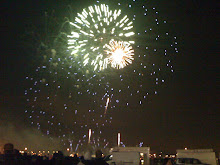










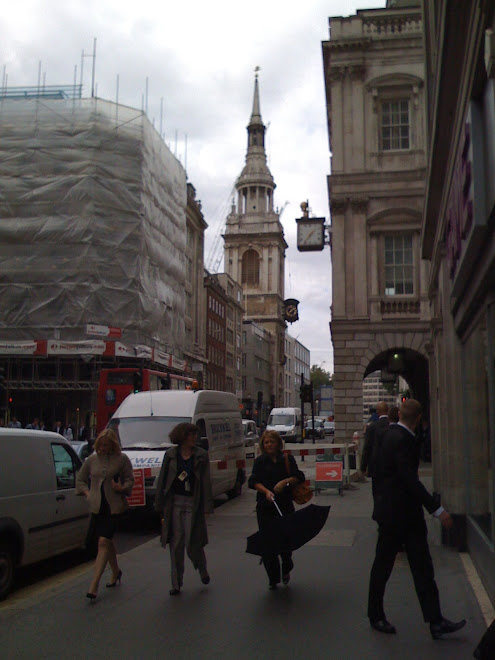

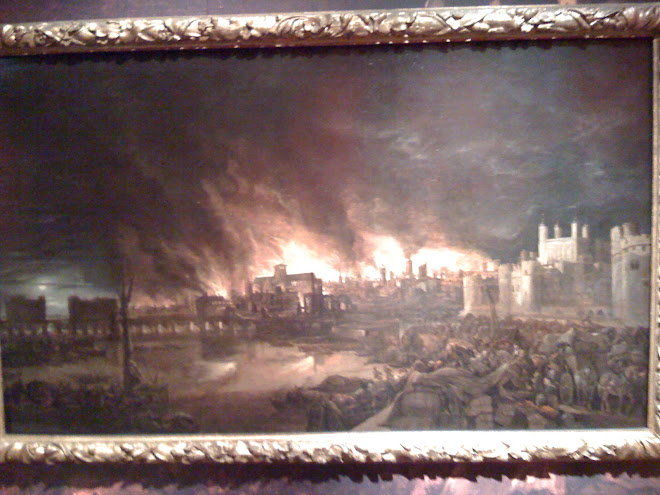
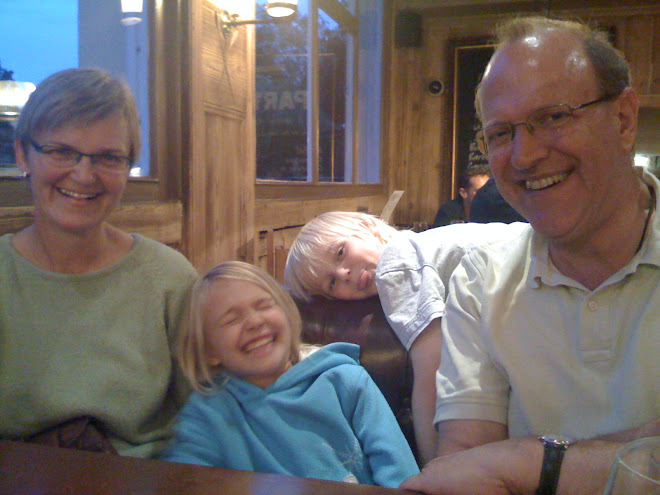


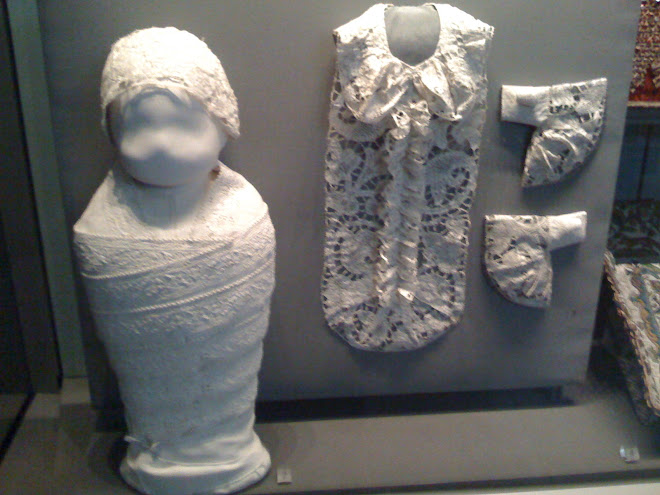
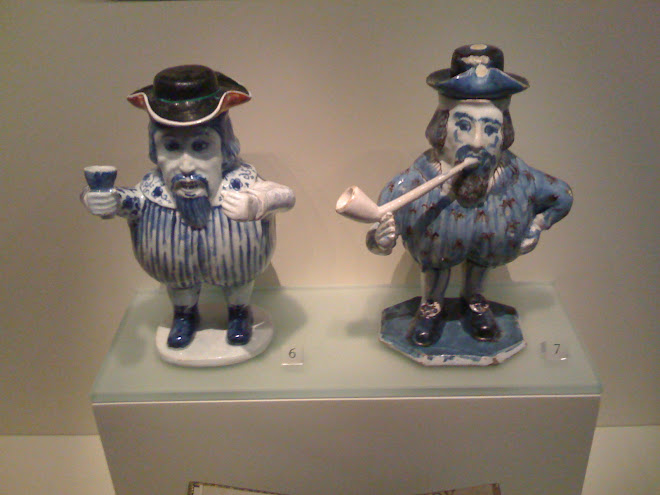
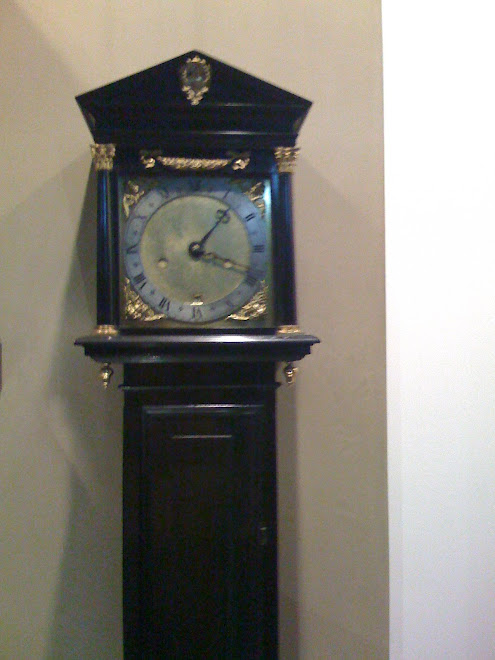
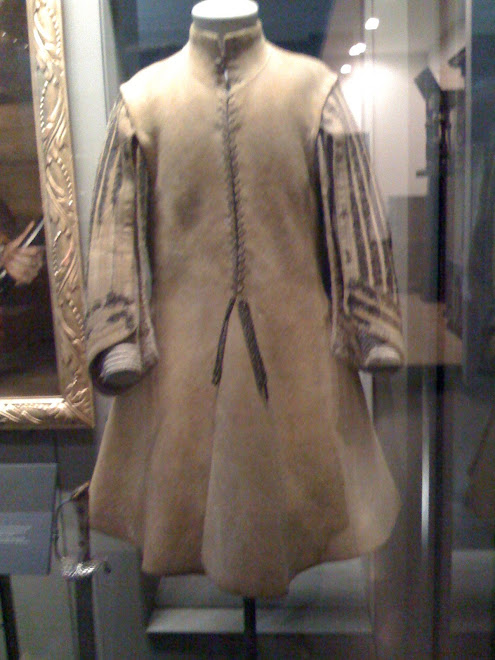

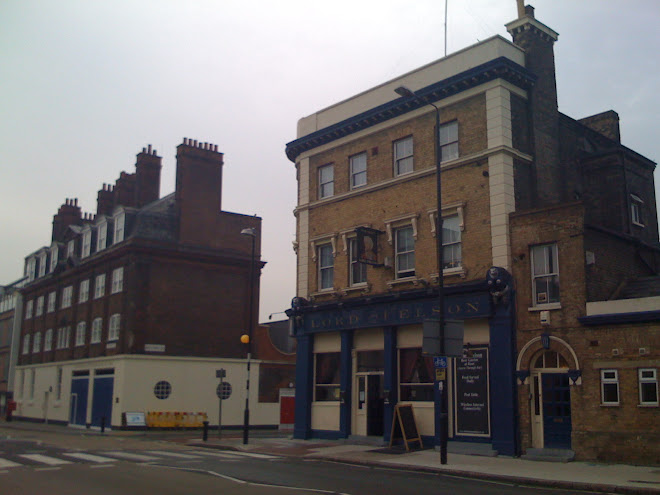
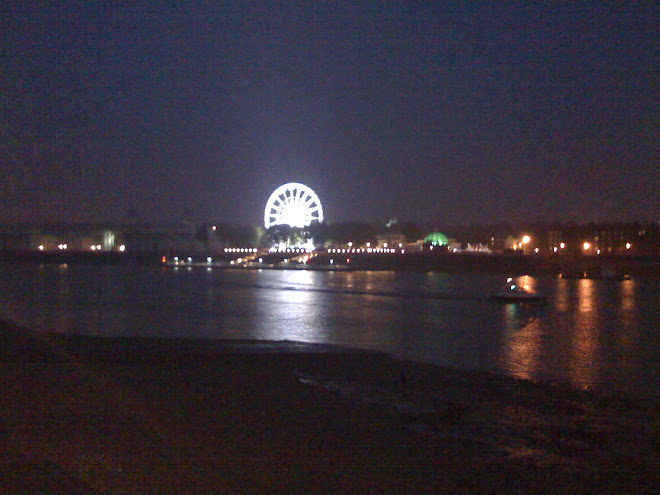
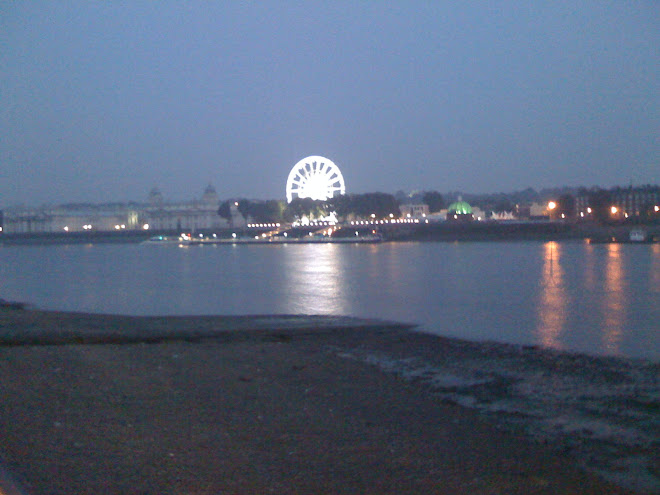
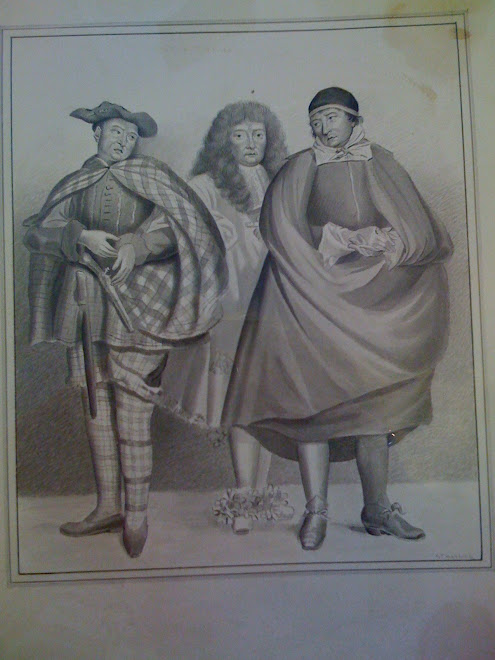
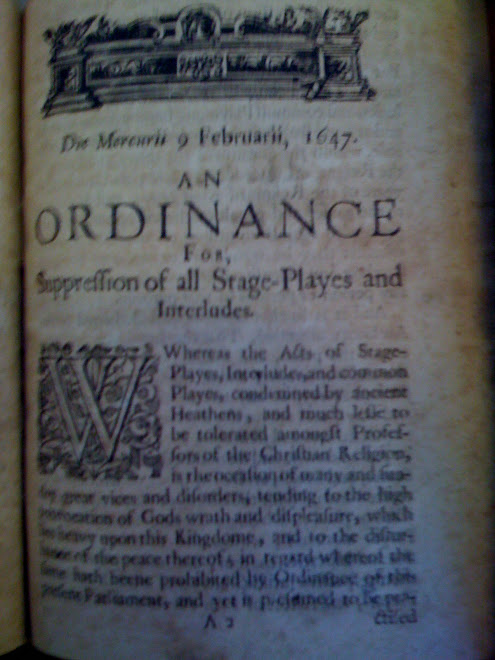
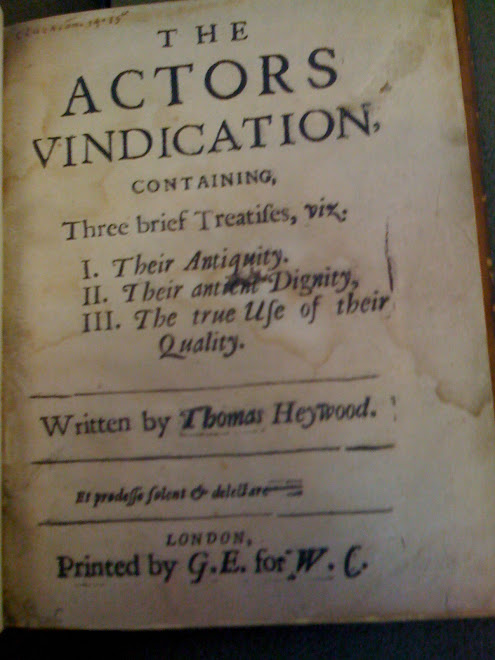
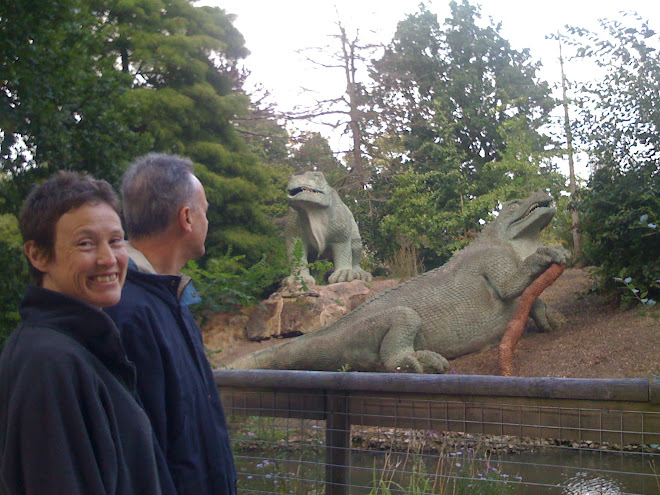


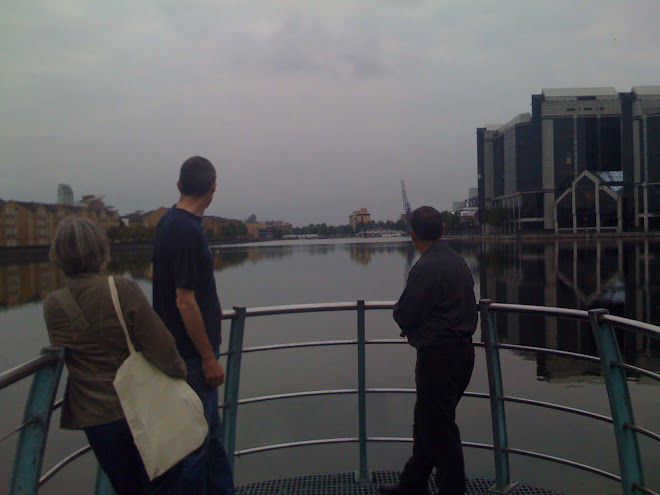
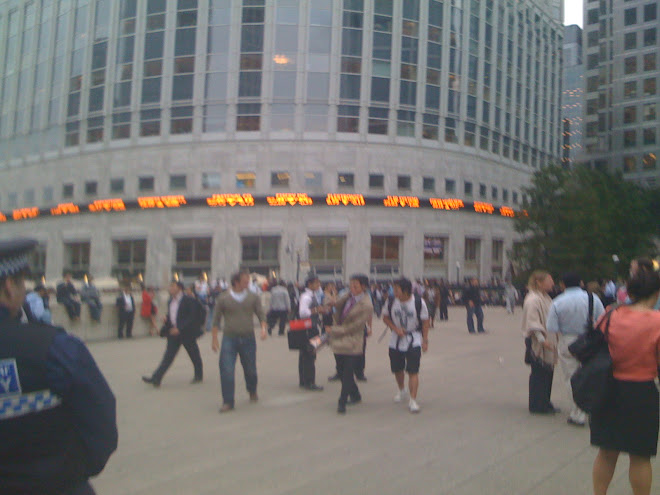
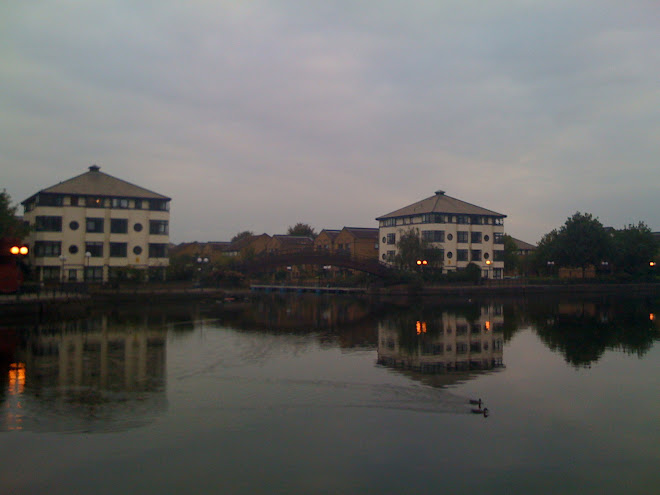

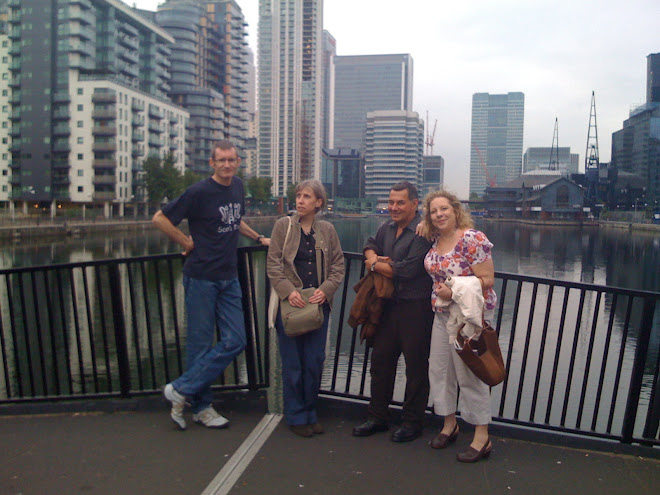

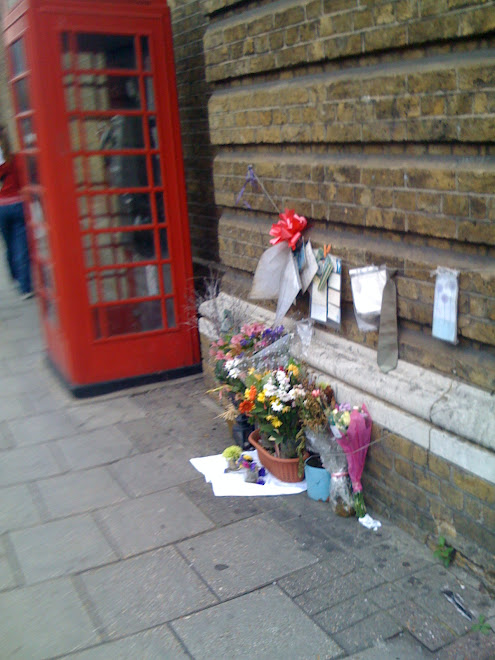

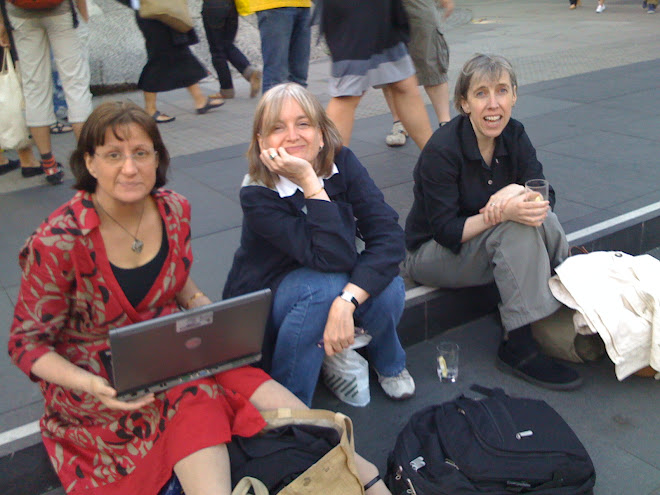
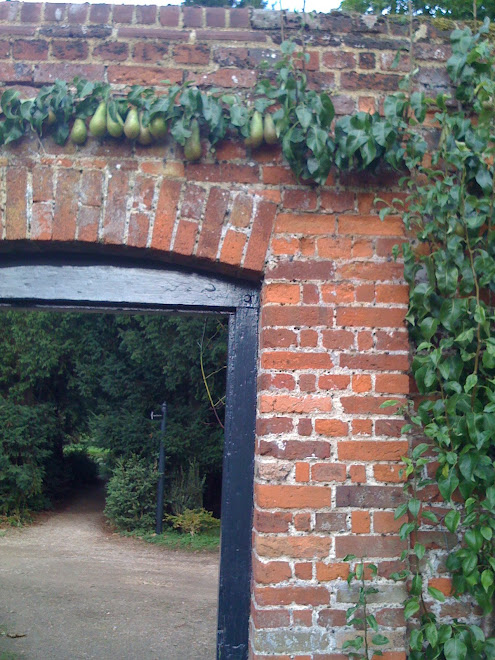
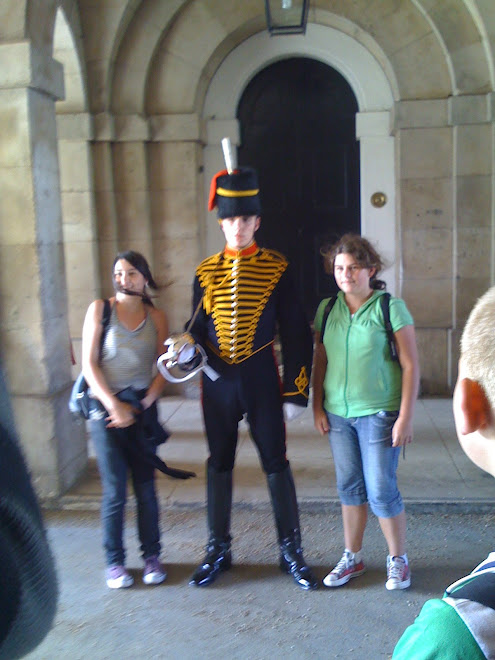
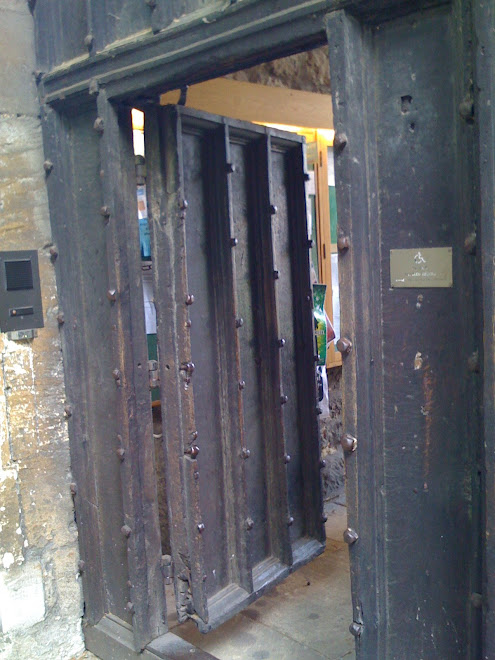
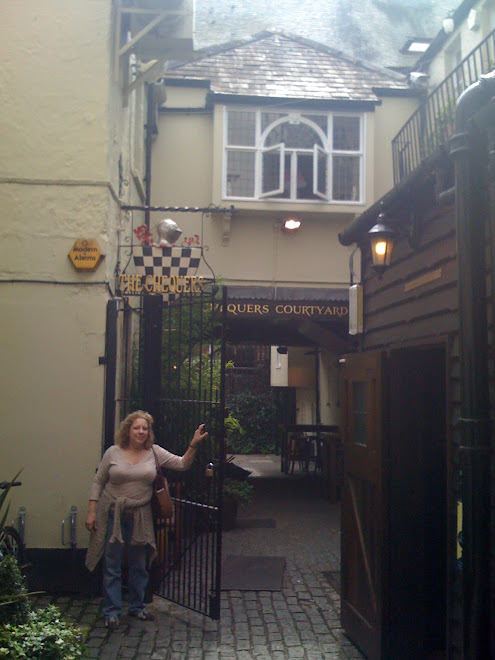
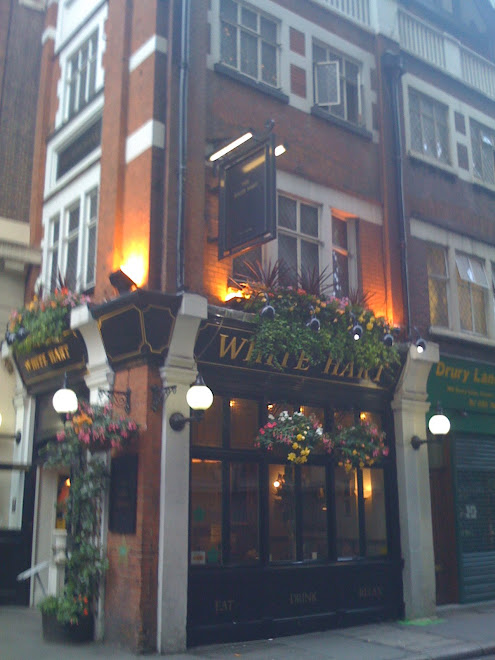


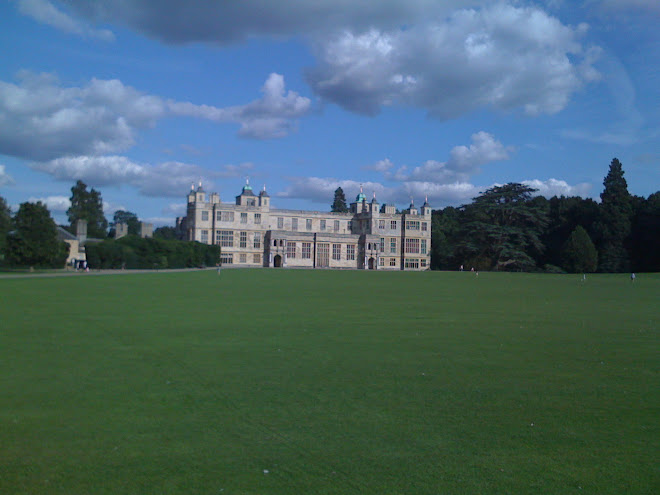
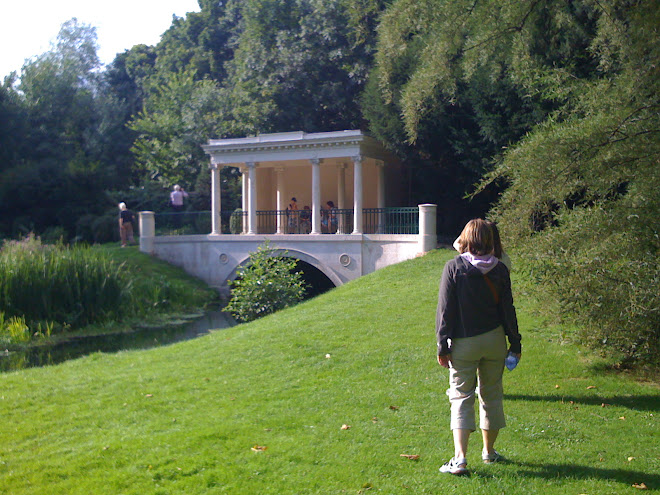

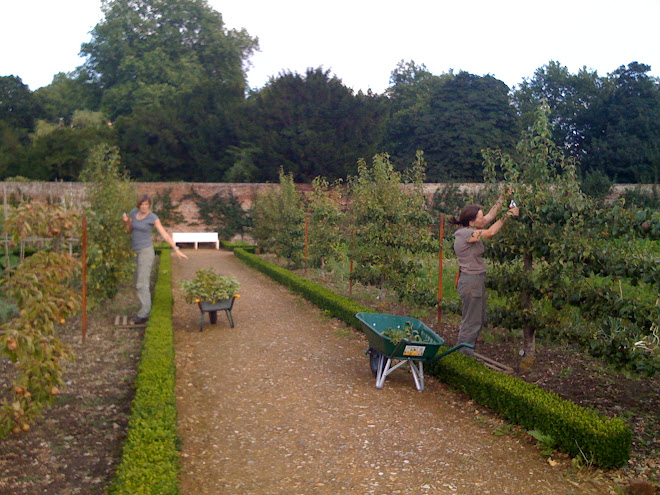
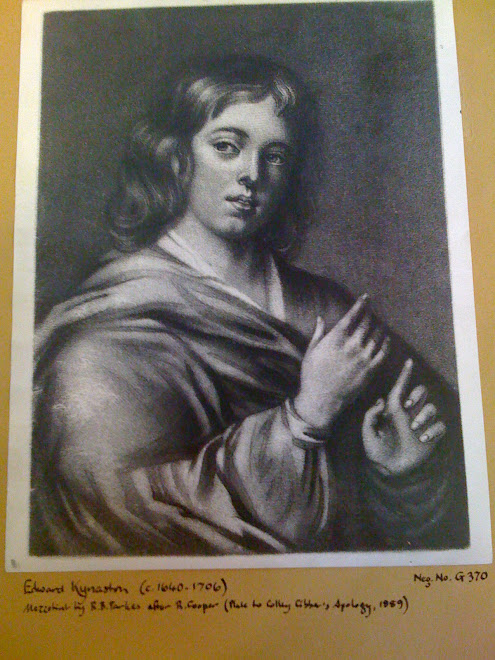


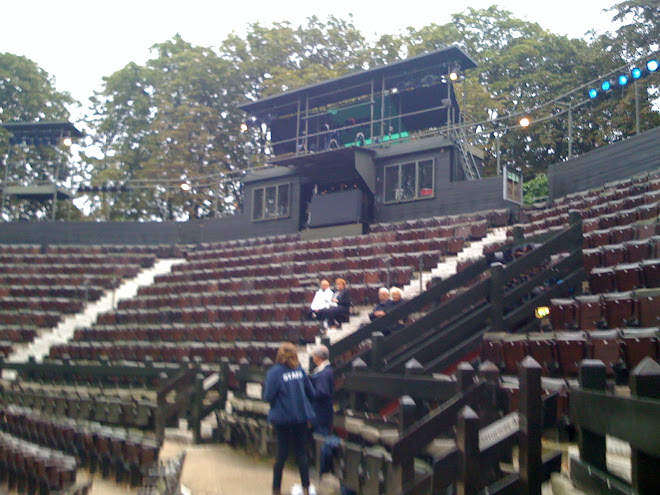
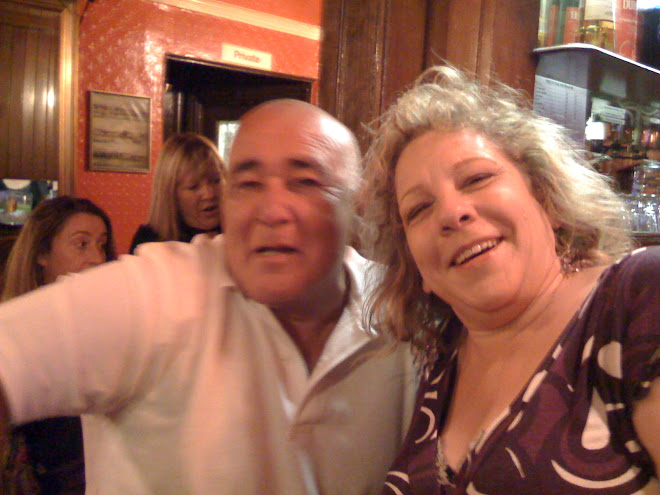

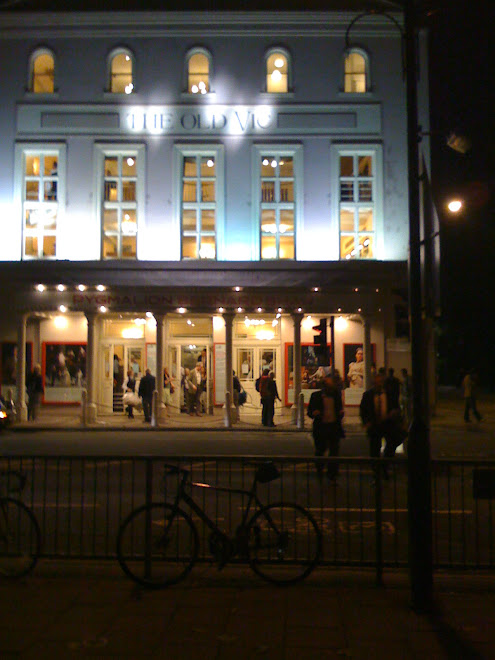
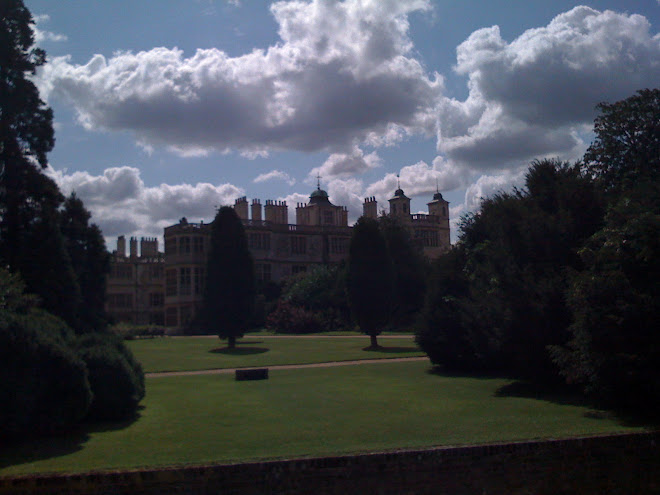
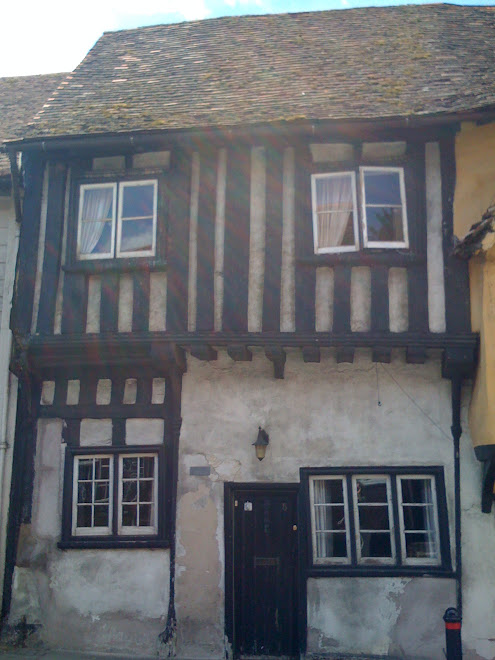

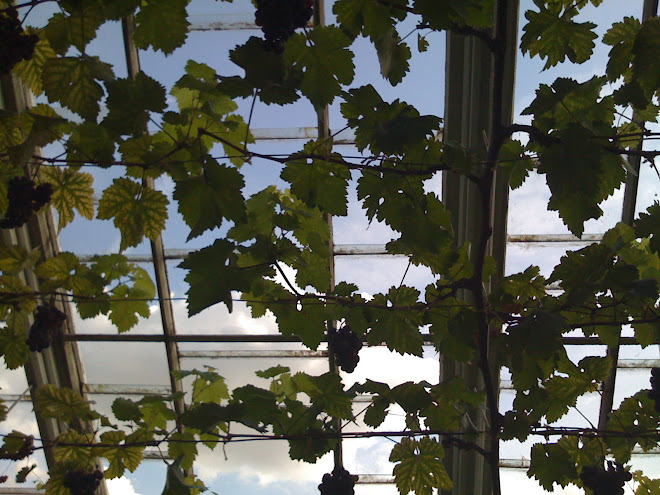
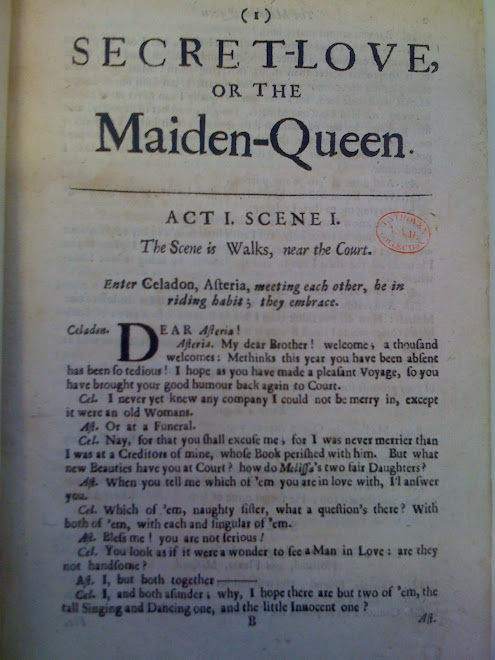
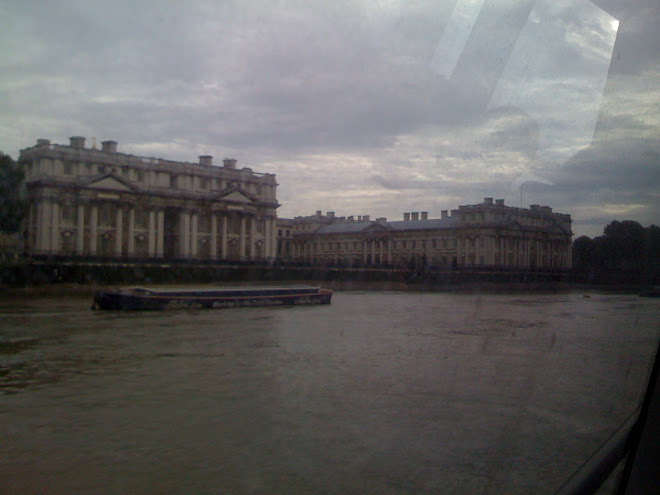

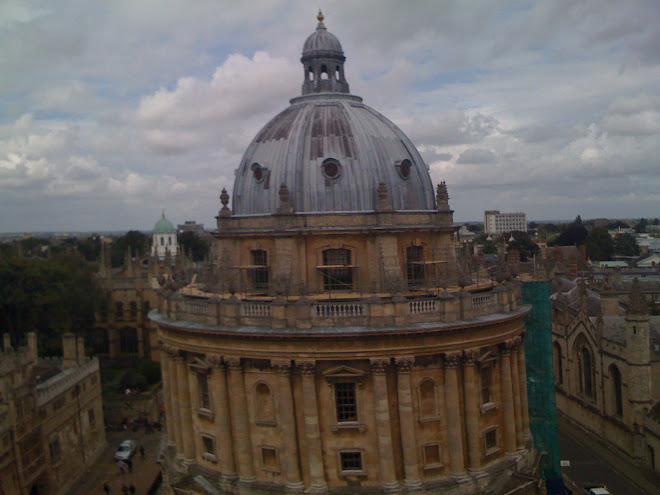
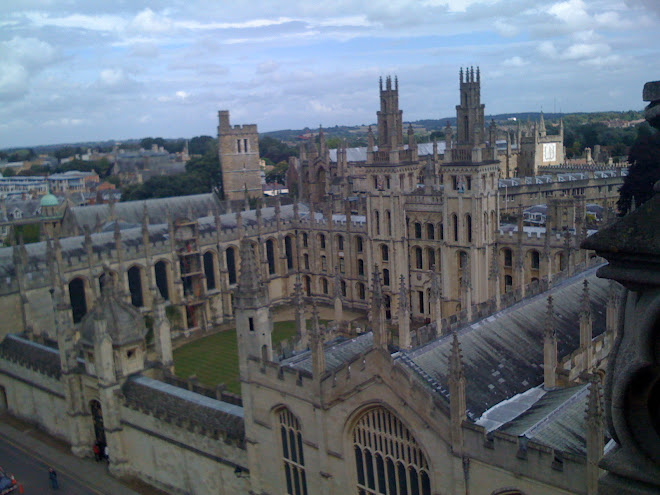
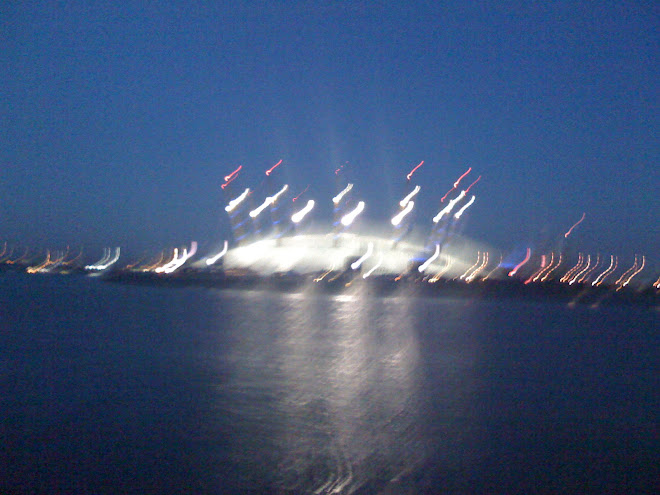
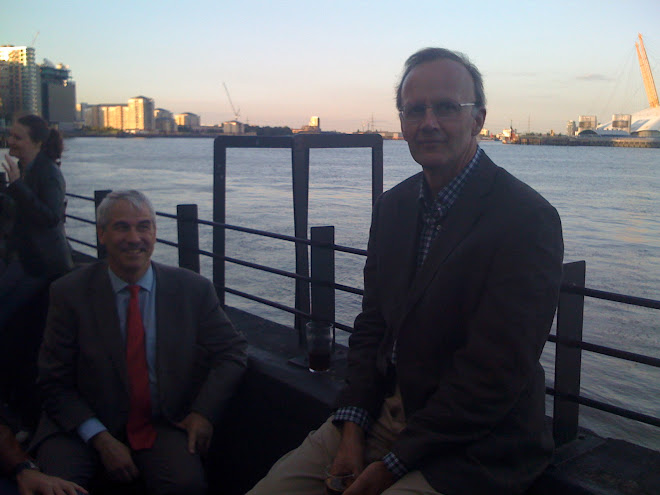
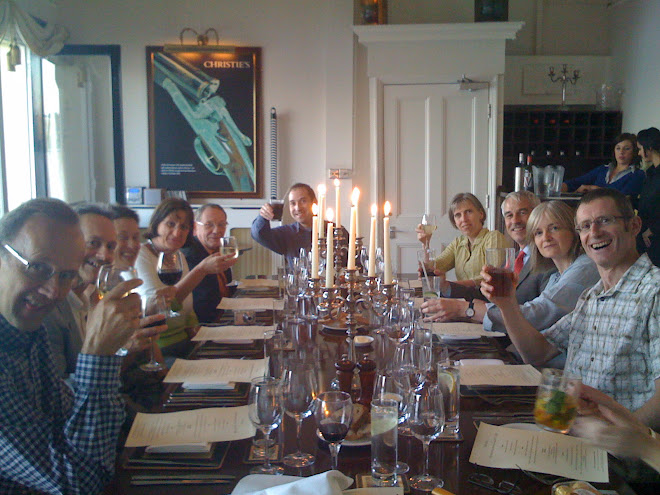



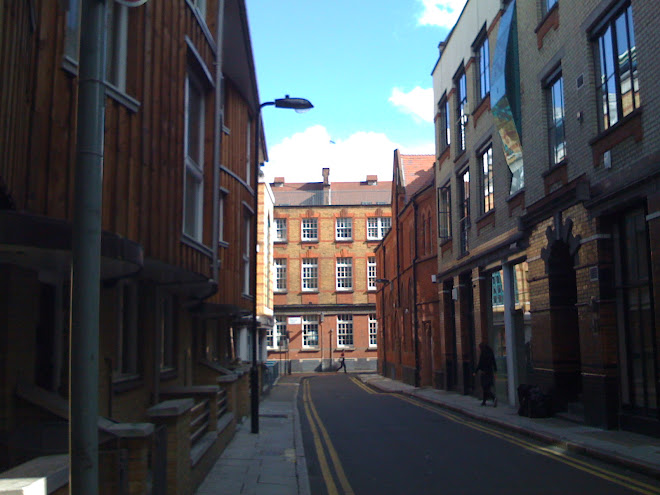
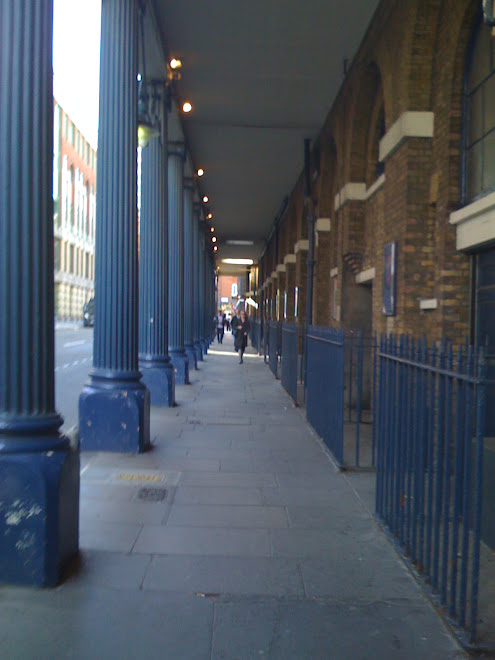

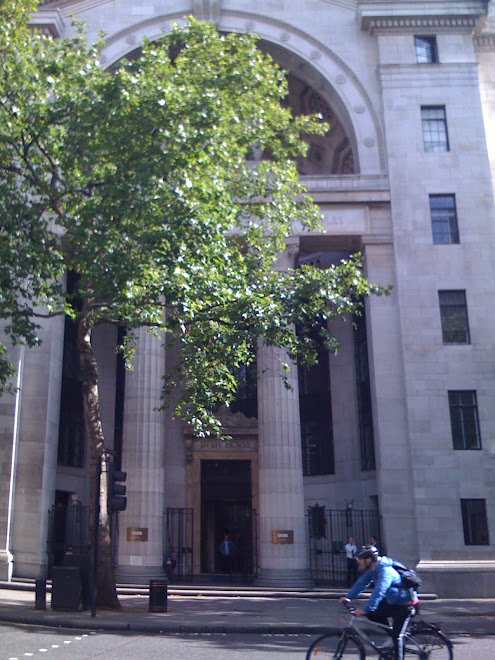

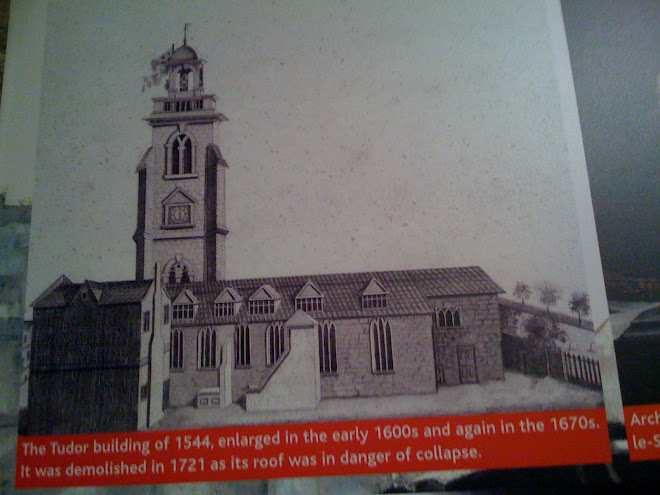
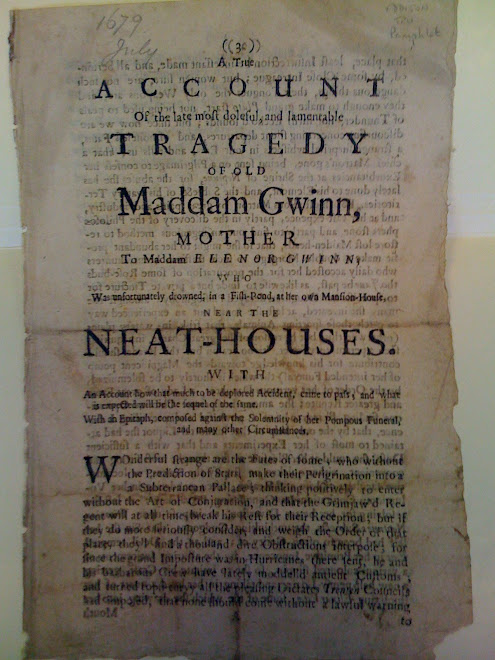
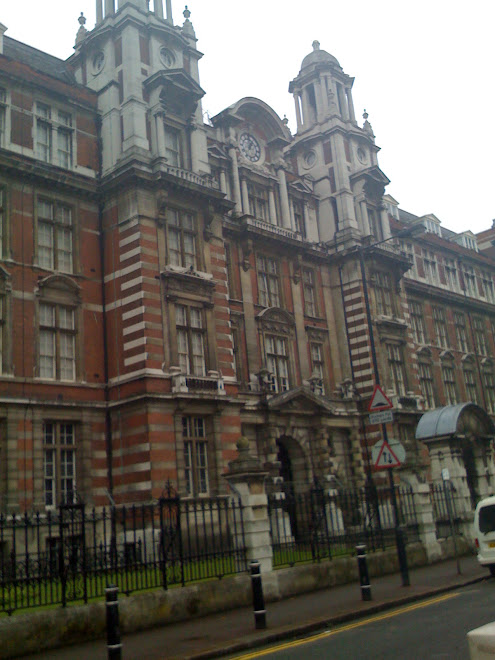
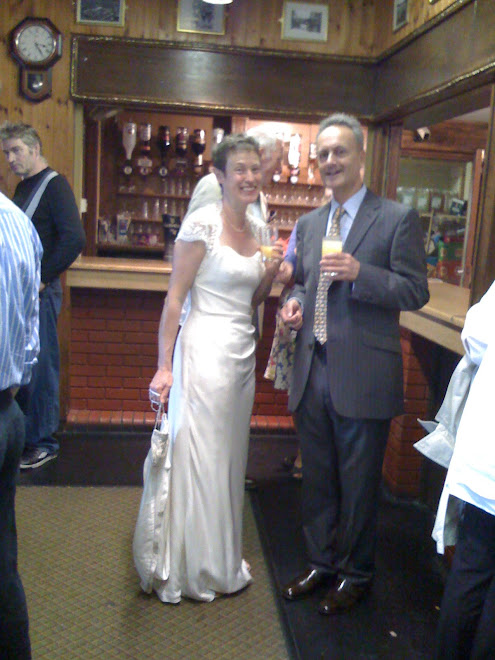

No comments:
Post a Comment